Originally written by Estella Inda.
Revelations: Spotlighting East San José
Many are unaware that prior to the 1950's, most of San José's East Side was uninterrupted farmland. It stretched towards the east foothills. Its residents were mostly migrant agricultural workers. They lived in a patchwork of rural barrios without sewers, sidewalks, or streetlights. The East Side was the area of town many turned to because they were able to find low-cost housing or because of gentrification, they were forced into this side of town.
Due to these contributing factors, very little has been mentioned about the East Side in San José history. The San José Public Library's California Room would like to put a spotlight on San José's East Side with a series of blogs that will feature individuals, businesses, and community organizations with ties to the East Side. The California Room is doing this blog series in addition to gathering materials in preparation for creating an exhibit that chronicles the social, economic, and political development of San José’s East Side. The California room is also establishing a permanent archival collection at the library.
Our Lady of Guadalupe Church: Origins of the Heart
According to the Oxford English Dictionary, roots is defined as “the basic cause, source, or origin of something”. When I think of how this definition applies to east side history, I automatically think of Our Lady of Guadalupe Church. At the heart of every community is a place that brings the people together and shapes their journey forward; for those that grew up in the east side neighborhood of Mayfair/Sal Si Puedes, that place is Our Lady of Guadalupe Church.
Beginning in the 1920s, large numbers of Spanish-speaking minorities moved into Mayfair/Sal Si Puedes; restrictive housing covenants prevented them from renting or owning properties in most other areas of the city. At that time there were no places of worship in the Mayfair area that offered services in Spanish, resulting in some community members holding masses in their homes. By the 1940s, there were only two houses of worship that offered masses in Spanish in Santa Clara Valley, and neither were close to the East Side.
Starting with a Chapel
As the minority population of the East Side continued to grow, so did the need for a church of their own. In the 1950s the people of Mayfair sent a letter to the archbishop in San Francisco, who oversaw the Catholic institutions in the area. The letter, requesting that a church offering Spanish-language services be established in Mayfair, had over a thousand signatures. Their request was denied. It was the view of the archbishop that the people could simply attend services at the existing parishes nearby.
It was not until 1953, through the efforts of Father McDonnell, a priest who had previously been assigned to work in Santa Clara County for the archdiocese, that a church was at last established. Father McDonnell obtained 9/10ths of an acre on Kammerer Avenue from the Mayfair Packing Company and worked with members of the community to relocate the old St. Martin’s church building to the new lot.
On October 18, 1953, the first mass was held at “Our Lady of Guadalupe Mission Chapel”. But it was not until the appointment of Father Anthony Soto on June 30, 1962 that the Guadalupe Mission Chapel would officially become Our Lady of Guadalupe Parish. However, the archbishop did not permit the parish to be nationally recognized and the scope of its influence remained bounded by the Bayshore Highway, Story Road, Capitol Avenue, and Maybury Road.
Built by Its Own Congregation
The new chapel was far too small to accommodate all those who wished to attend its services. Together the community and church worked out a solution. Land was purchased between the existing chapel on Kammerer Avenue and East San Antonio Street. The church paid for the building materials and the community provided the labor. On March 2, 1967, the ground was broken at the site of the new church.
Completed in November 1967, the church was only the third in California to have been built by its own congregation. The old mission chapel building became a historic landmark and was renamed McDonnell Hall in honor of the man who had given the people of Mayfair their first place of worship.
Becoming the Heart of the Community
More than a mere church, Our Lady of Guadalupe became the heart of the community. It was the default location not just for masses, but for community services, festivals, weddings and so on. It was the nexus of organizing and activism on the East Side—the birthplace and meeting place of numerous organizations that benefited the East Side community, such as the Catholic Council for the Spanish Speaking, the Community Service Organization (CSO), the Community Alert Patrol (CAP), the Opportunities Industrialization Center, the Amigos de Guadalupe, and many others.
To this day Our Lady of Guadalupe church remains rooted in the heart of many Eastsiders, making it a true East Side Legend.

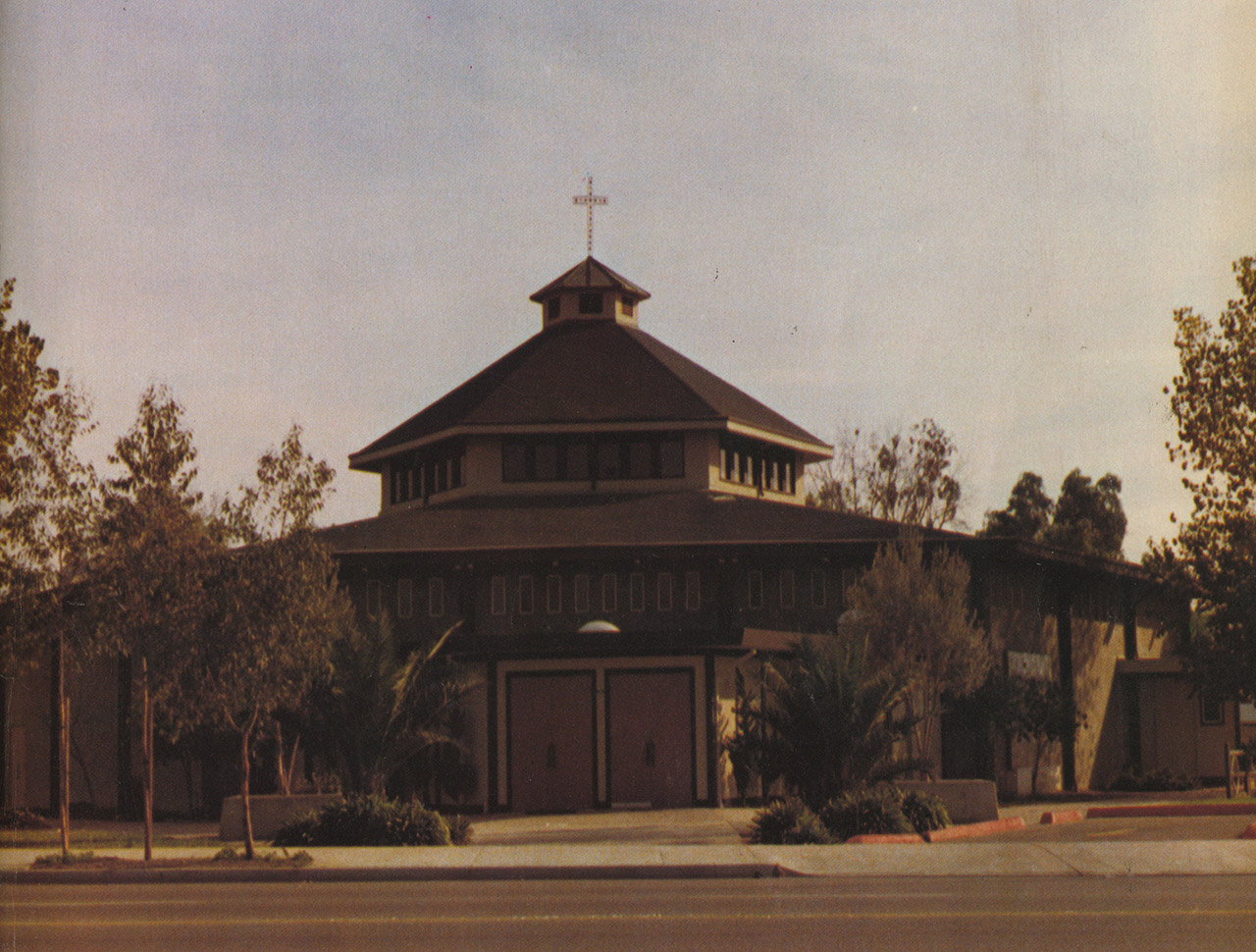
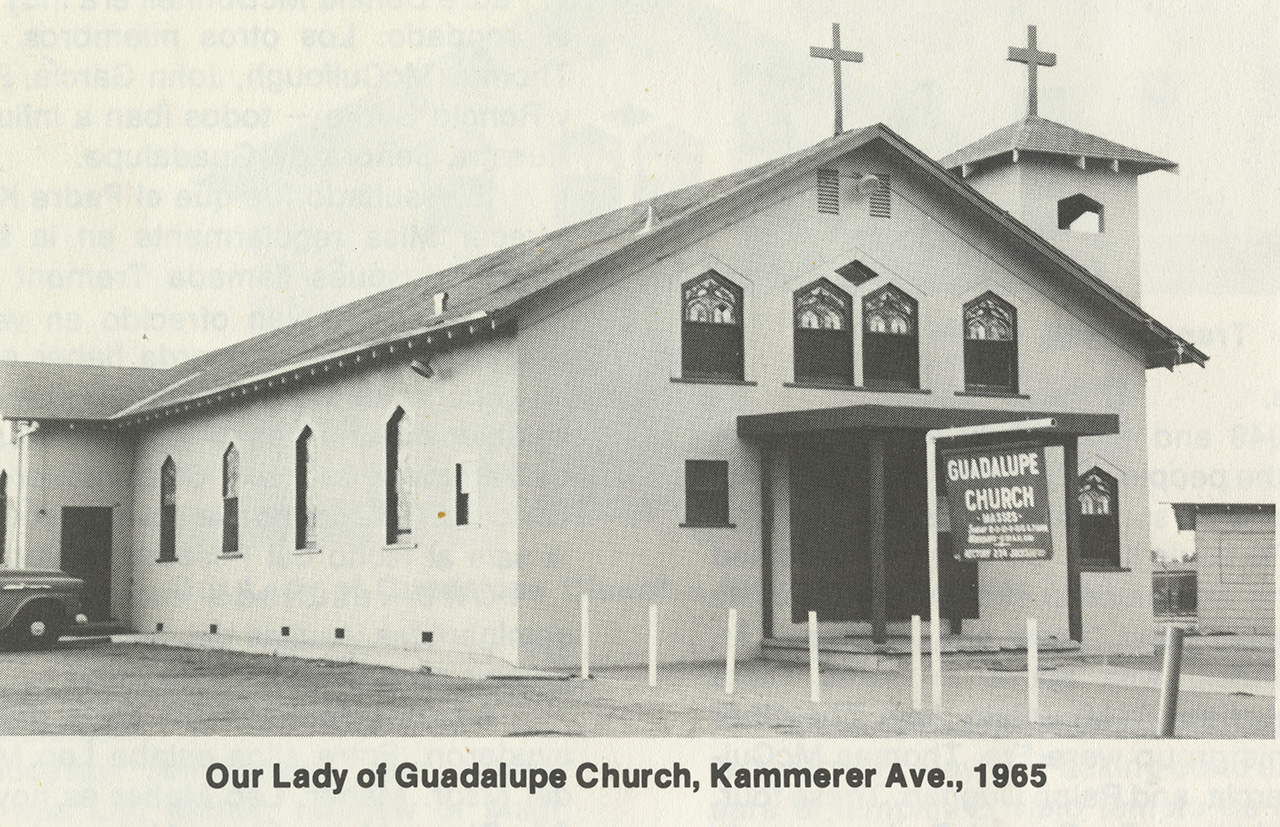
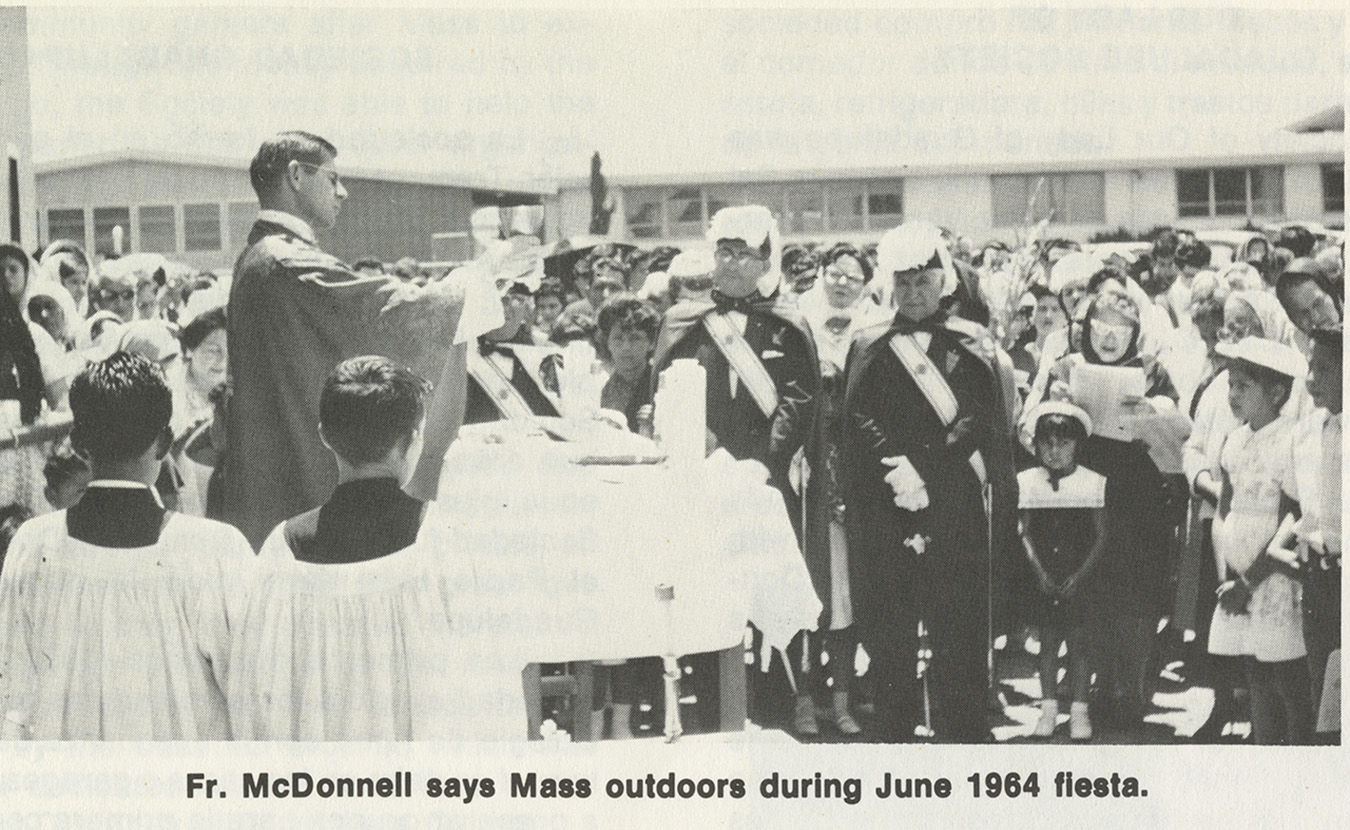
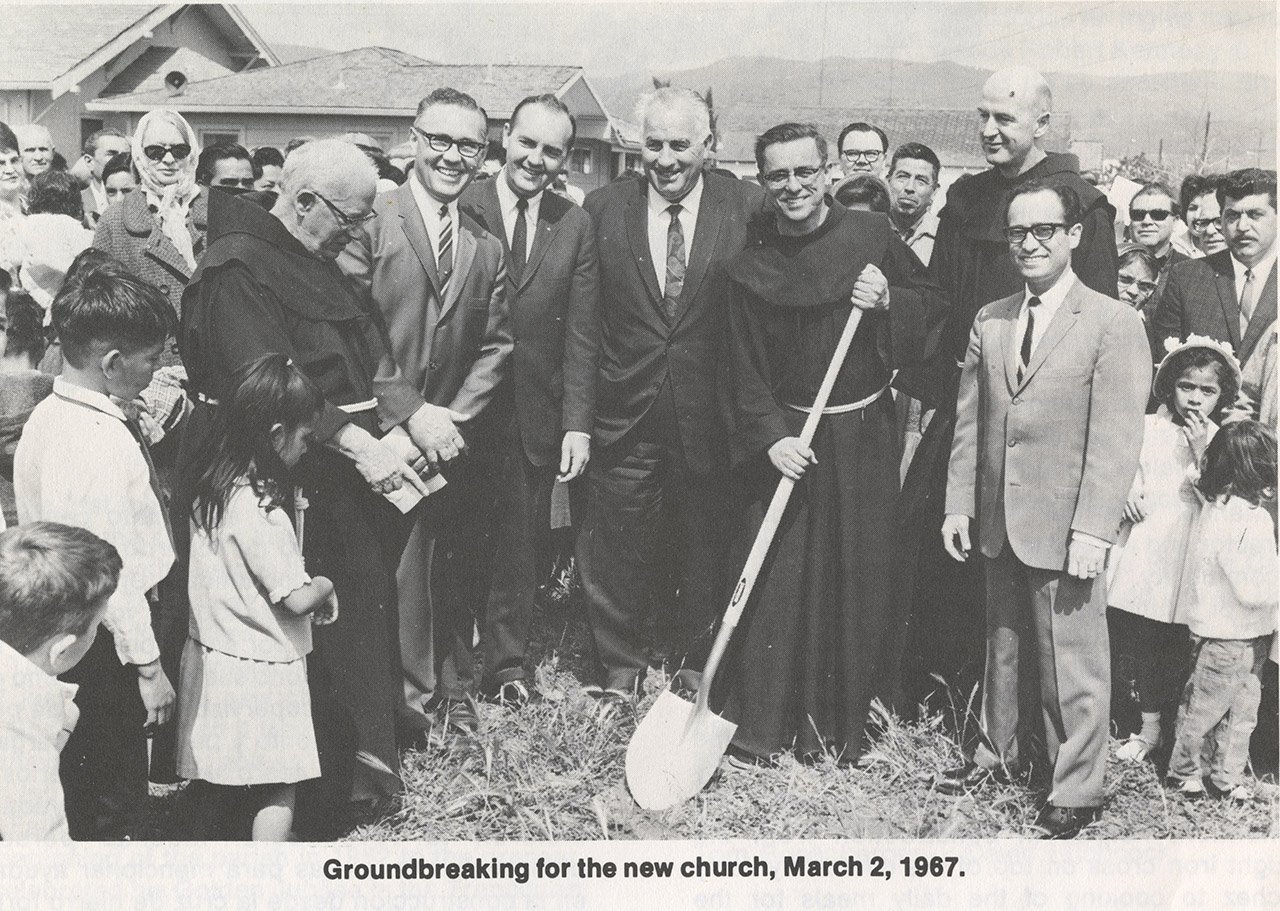
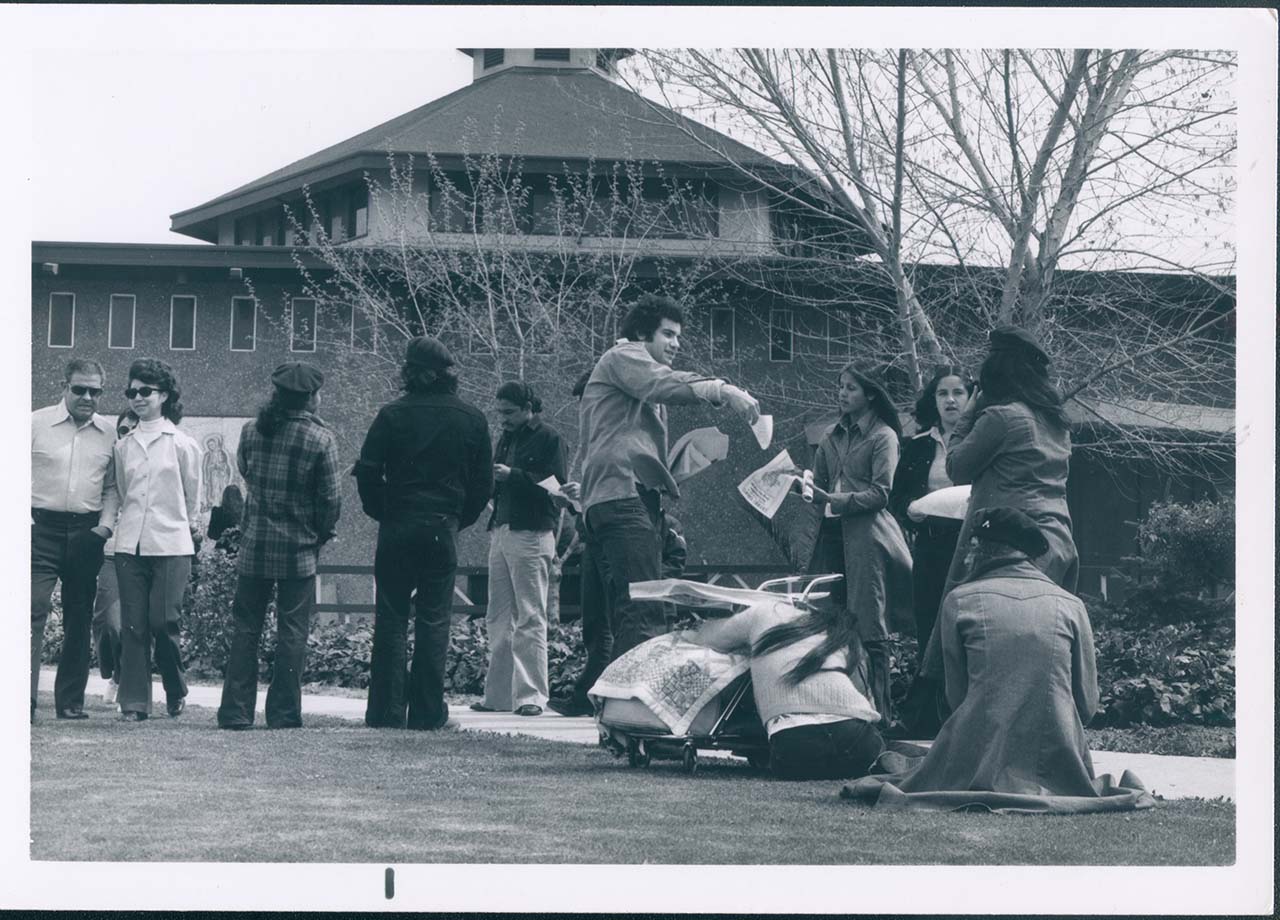



Add a comment to: East Side Revelations – Our Lady of Guadalupe Church